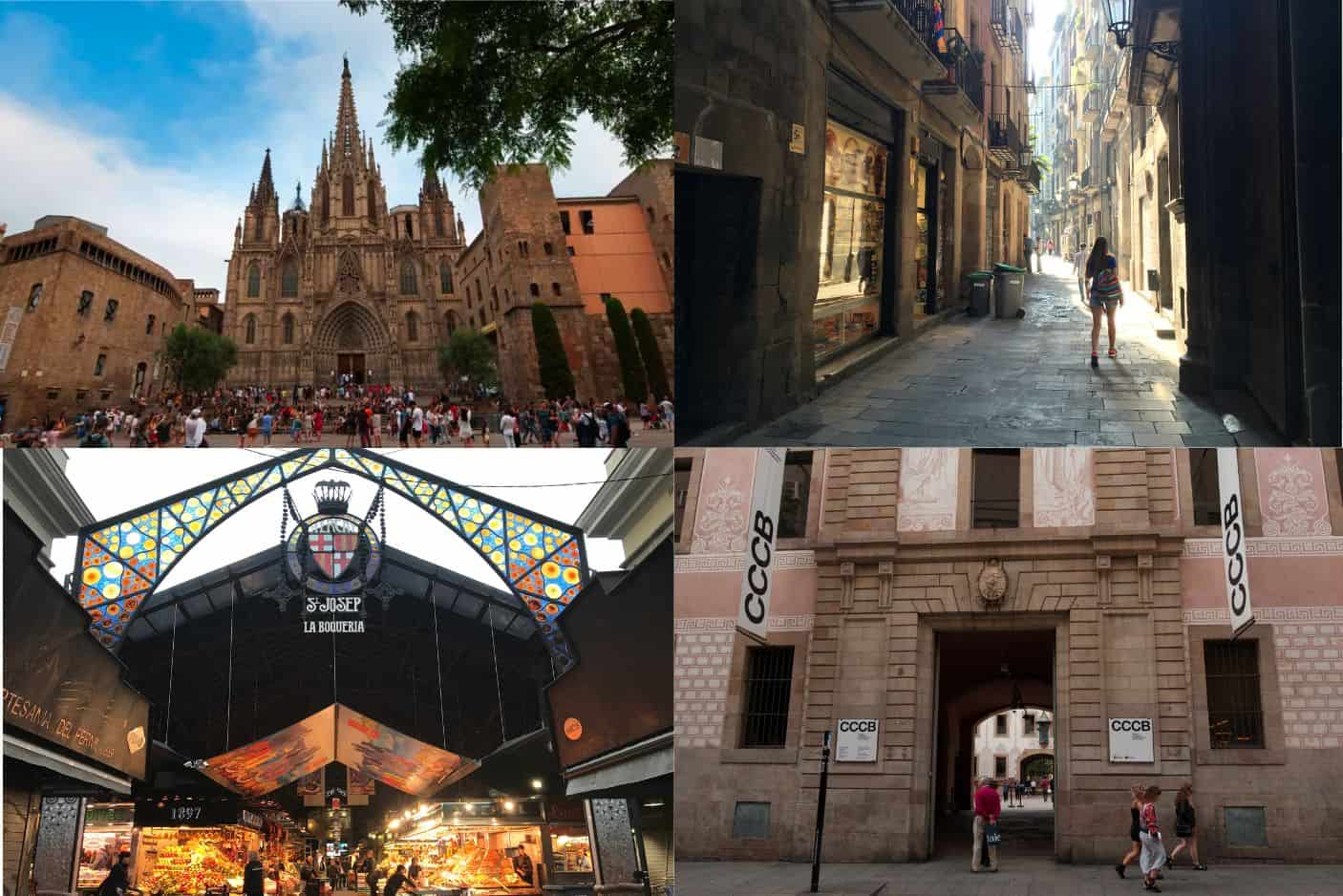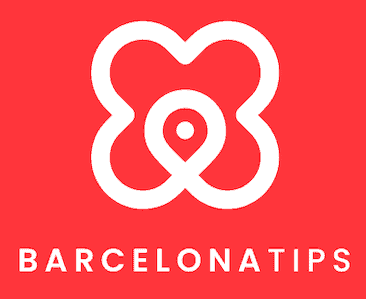Before the expansion of Barcelona in the nineteenth century, the city consisted of the neighborhoods El Born, El Raval, and El Gòtic (and La Barceloneta). Today, we call this area Ciutat Vella, the old town. This is also considered the city center.
Ciutat Vella remains the most visited part of Barcelona, offering plenty to do. The area is filled with charming terraces, countless shops, winding streets, and above all, a vibrant and bustling atmosphere.
Table of Contents
Click here to read our Ultimate Guide to Choosing Where to Stay in Barcelona
5 best things to see and do in Barcelona’s old town

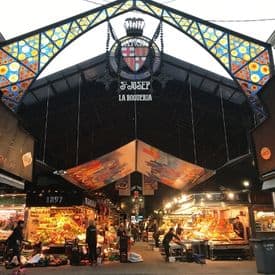

1. El Call (El Gòtic)
Wander around the old Gothic and Jewish quarter. Here you’ll find Barcelona’s old cathedral. The Jewish community used to live in the maze of streets close by. The neighborhood breathes the history of the city, parts of the city wall are still standing and there are a lot of charming squares. Nowadays you will also find a shopping street with a number of large chains.
2. La Boquería (El Raval)
La Boquería, located right on Las Ramblas, is Barcelona’s famous fresh market. Despite the tourist buzz along the boulevard, the market itself is a vibrant and authentic experience. Fresh produce, lively stalls, and small tapas bars make it a must-visit. Just keep an eye on your bag—it’s a hotspot for pickpockets.
3. Santa María del Mar (El Born)
In just under 60 years, the locals of Barcelona built the stunning Santa María del Mar with their own hands, carrying stones from Montjuïc mountain to the heart of the city. While the Sagrada Família draws tourists, Santa María del Mar is cherished by Barcelonans as their own. Around the basilica, you’ll discover charming boutiques and cozy restaurants, perfect for exploring.
4. Antic Hospital de la Santa Creu (El Raval)
Once a hospital for the poor in El Raval, the Antic Hospital de la Santa Creu is now a serene public library. Its peaceful courtyard offers a tranquil escape, perfect for soaking up the sun. Inside, you’ll find fascinating old photographs that show what the hospital looked like over 100 years ago.
5. Parc de la Ciutadella (El Born)
Just beyond El Born is the beautiful Parc de la Ciutadella, a popular spot for locals to unwind. The park features a stunning fountain, plenty of benches, and even the Barcelona Zoo. It’s a great place to stretch out on the grass, relax, and enjoy the sunny weather.
La Rambla


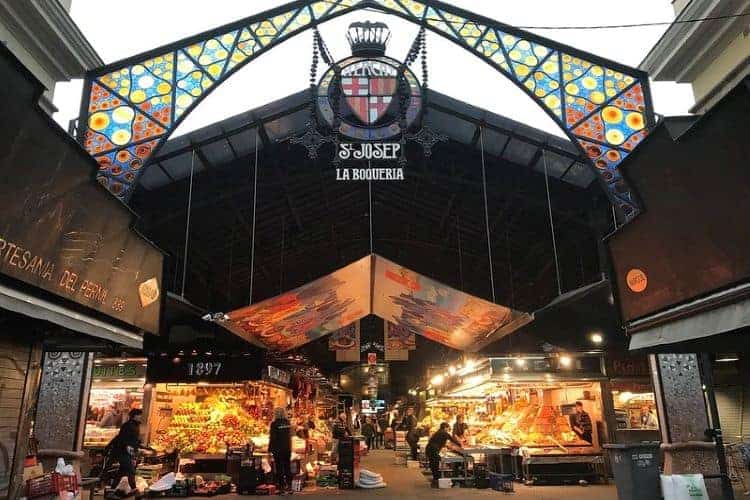
La Rambla is Barcelona’s most famous boulevard, a lively promenade that stretches from Plaça de Catalunya to the Port Vell waterfront. Lined with trees, street performers, shops, and cafés, it’s a must-visit for anyone exploring the city, but beware, it’s full of tourists. The vibrant atmosphere, rich history, and bustling crowds make La Rambla a hub of activity, day and night.
Where? – Running through the heart of the city, connecting Plaça de Catalunya to the Columbus Monument at Port Vell.
How to get there? – Metro stops: Catalunya (L1, L3), Liceu (L3), or Drassanes (L3).
Key attractions – Mercat de la Boquería, Gran Teatre del Liceu, Plaça Reial, Palau Güell.
Originally a dry riverbed, La Rambla became a bustling street in the 18th century and quickly grew into one of Barcelona’s most iconic destinations. Stroll along the tree-lined walkway to discover historical landmarks, vibrant markets, and a taste of local life. Be sure to visit La Boquería, the famous fresh food market. Along La Rambla you’ll also find the Gran Teatre del Liceu, the city’s renowned opera house.
Insider Tip: Be cautious of pickpockets, as it’s a busy area. Keep an eye on your belongings while enjoying the sights.
El Gòtic
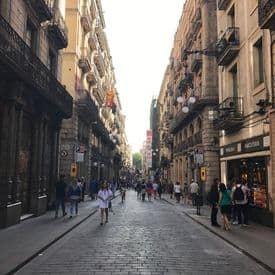
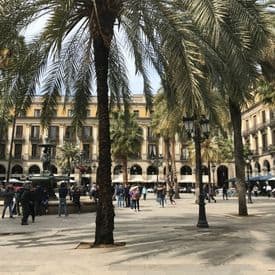
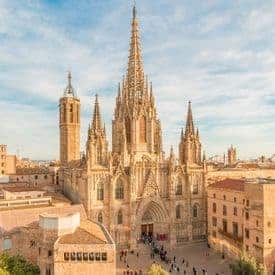
If there’s one place in Barcelona where history truly comes alive, it’s the Gothic Quarter. El Gòtic (Spanish: El Gótico) is the city’s oldest neighborhood, with Roman ruins serving as a testament to the ancient Roman presence here. The medieval city was later built atop these Roman remains, creating a fascinating blend of history. Wander through the labyrinth of narrow streets and alleyways, and marvel at the centuries-old architecture.
Where? – Between Las Ramblas and El Born.
How to get there? – Metro stops: Catalunya (L1, L3), Liceu (L3), Drassanes (L1/L3), Jaume I (L4), or Uquinaona (L1/L4)
Key attractions – Barcelona Cathedral, Las Ramblas, Plaça Reial, Plaça Sant Jaume, Plaça de Sant Felip Neri, and El Call.
Nowadays, you can still lose yourself in the romantic medieval streets and alleyways that remain well-preserved in this district. El Call, the old Jewish quarter, is a stunning example of this history. Among the medieval buildings, you’ll also stumble upon Roman archaeological sites and Gothic structures from later centuries.
El Born
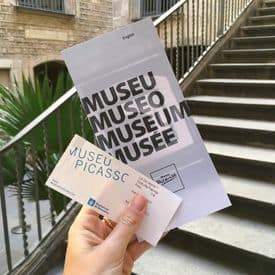
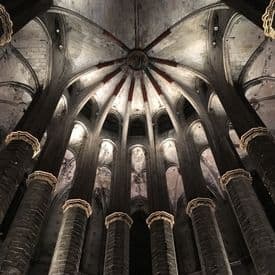
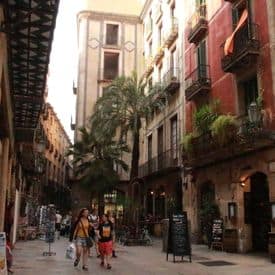
The trendy El Born neighborhood is always buzzing with activity. Hidden among its narrow streets, you’ll find a wealth of boutiques and unique shops. The area is also home to art galleries, lively restaurants, and a vibrant cultural scene. In the evening, El Born is the perfect place to grab a cerveza (beer), enjoy tapas, or dance the night away in one of its cozy bars. It’s one of my favorite neighborhoods in Barcelona.
Where? – Between El Gòtic and the city park, La Ciutadella.
How to get there? – Metro stops: Arc de Triompf (L1/L4), or Jaume I (L4)
Key attractions – Picasso Museum, Mercat Santa Catarina, Santa María del Mar church, CCM, and MOCO Museum.
The many museums here give you a glimpse into the rich history of both the city and El Born. Between the 13th and 15th centuries, El Born flourished as Barcelona’s economic center. After the 1992 Olympics, the area became a hotspot for locals, young entrepreneurs, and tourists. Today, El Born is known as Barcelona’s “Soho,” offering a perfect mix of history, culture, and modern flair.
El Raval

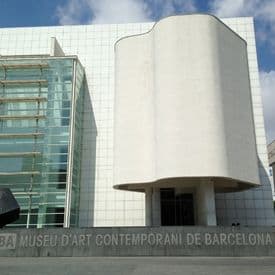
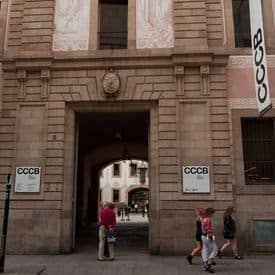
The up-and-coming El Raval neighborhood has evolved over centuries into a true immigrant district. Today, it’s known for its thriving art scene, and it’s becoming increasingly popular with a growing number of trendy shops, vintage boutiques, and cozy restaurants and bars.
Where? – Adjacent to the Gothic Quarter, between Las Ramblas and Avinguda Paral·lel.
How to get there? – Metro stops: Plaça Catalunya (L1/L3), Liceu (L3), or Paral·lel (L2/L3)
Key attractions – La Rambla, Palau Güell, MACBA, CCCB, Hospital Santa Creu, and La Boquería.
For a long time, tourists and affluent locals avoided El Raval, as it had a reputation for being dangerous and was a haven for junkies and criminals. It wasn’t until the 1990s that the city government decided it was time to revitalize the area.
La Barceloneta
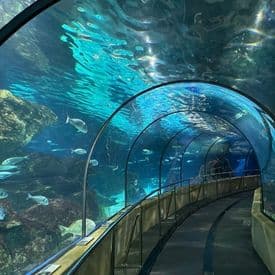
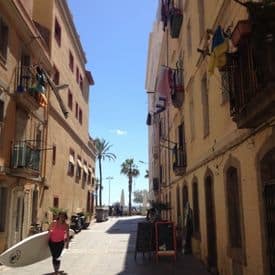
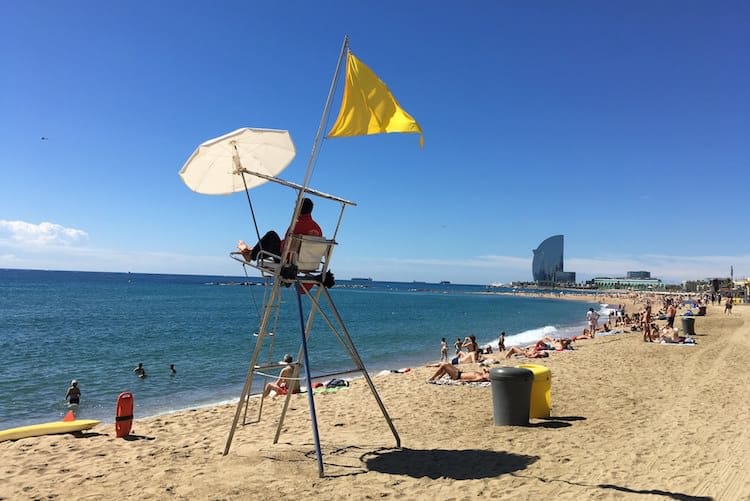
Although La Barceloneta is officially part of Ciutat Vella, it’s often grouped with the beach neighborhoods. Located right by the sea, La Barceloneta is perfect for a leisurely stroll. Around the old harbor, Port Vell, you’ll find plenty of restaurants where you can relax on a terrace and enjoy the view.
Where? – Along Barcelona’s southernmost beach.
How to get there? – Metro stop: Barceloneta (L4).
Key attractions – Port Vell (Old Harbor), Aquarium, Mercat de La Barceloneta.
The neighborhood was built in the 18th century by former residents of El Born, who had to relocate due to the construction of La Ciutadella park. Today, La Barceloneta is always lively and welcoming. You can swim, of course, but why not join in a game of volleyball or other beach activities?
